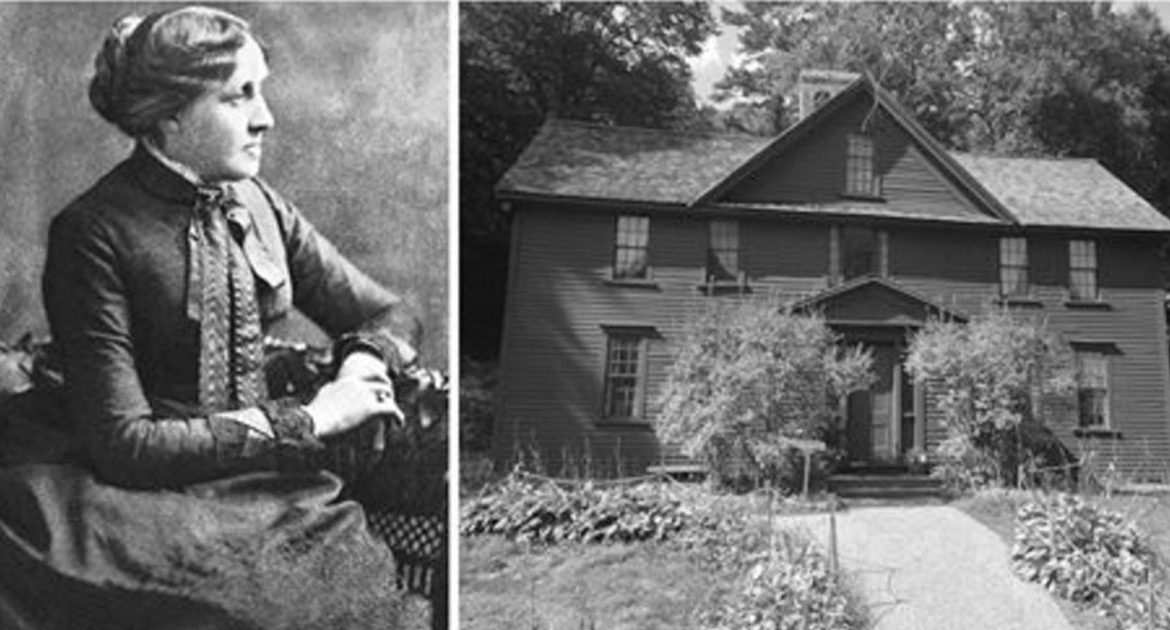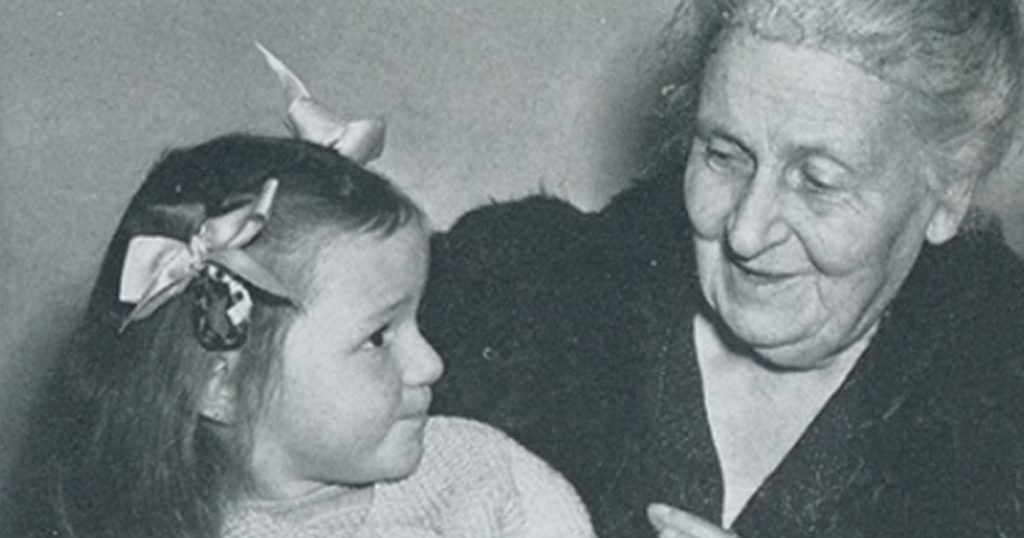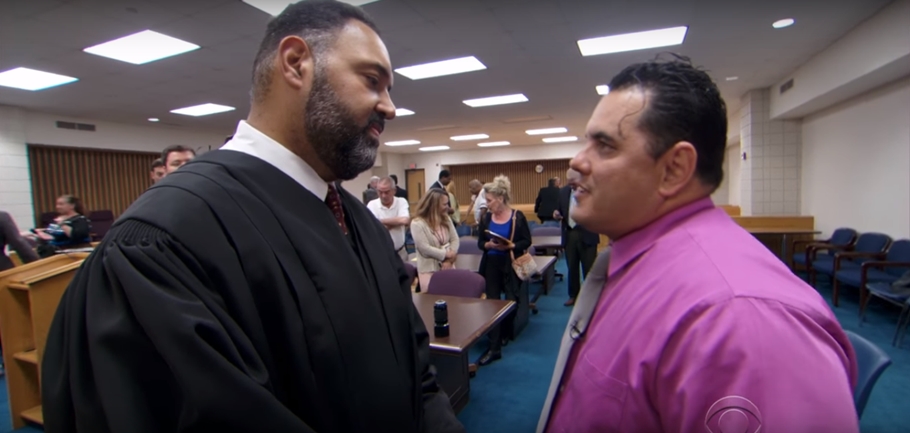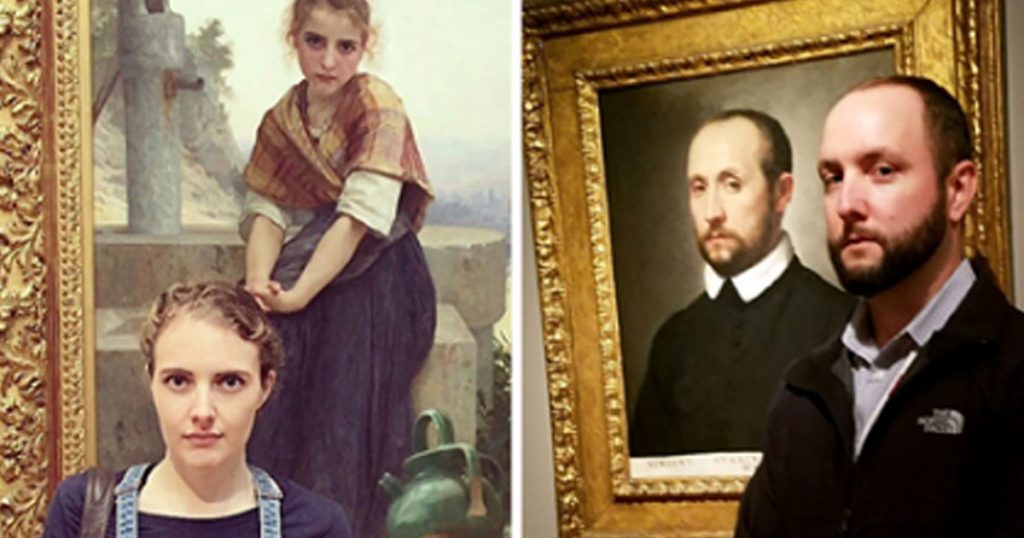Today’s young ladies have plenty of fictional examples of female characters rising up to learn their true strengths. Just look at Katniss from The Hunger Games or any of the enterprising young teens from The Babysitters Club series.
However, back in the late 1800s, it was all on one woman’s shoulders to provide motivational stories for girls: Louisa May Alcott. Rather than focusing on the traditional matriarchal roles for women at the time, Little Women followed the lives of the March sisters discovering their own unique ambitions and going on breathtaking adventures.
Despite the years of being interpreted on stage and screen, there are some things about the famous author and her most notorious work that readers have yet to uncover.
Take a look below to see the fascinating story behind the book and the woman who wrote it.
Did we miss your favorite fact about Alcott or Little Women? Let us know in the comments and be sure to SHARE with your friends!
1. Louisa Was A Reluctant Author
Though the novel would go on to earn her a fortune and unwavering legacy as a celebrated writer, Louisa would have rather not bothered at all. She only caved into the pressure of her editor, Thomas Niles, when he promised to also publish a story by her father, Bronson.
2. She Learned The Alphabet Through Charades

Bronson Alcott, a philosopher and writer, made sure all of his daughters remembered their ABCs by having them form the letters with their bodies. For instance, calling for an “X” would have them standing with their arms and legs out as if they were about to do jumping jacks.
3. She Followed In Famous Footsteps

It’s no surprise that she ultimately ended up as an author: one of her first teachers, other than her doting father, was Henry David Thoreau, who took his young pupil on nature walks.
4. ‘Little Women’ Took Her Just Over Two Months To Write

Despite her initial hesitation, and considering the paperback versions boast an average of 560 pages, the notoriously thick tome was knocked out in just 10 weeks of arduous and dedicated writing on Louisa’s part.
At times, she would completely forget to sleep or feed herself while at work.
5. The Characters Are Based On Her Real Sisters

Louisa based Meg on her sister Anna, Amy on her sister May, Beth on her sister Lizzie, and Jo on herself. Similarities include the tragic loss of Lizzie at 23 after she caught scarlet fever like her fictional counterpart.
May, whose name was simply rearranged for Amy, was also none too pleased for Louisa to reveal that she slept with a clothespin on her nose in an attempt to reshape it.
6. Teachers Really Did Hate The Pickled Limes She Wrote About

As strange as the candy that was often discussed in the novel sounds to us reading it in modern times, children in the late 1800s really did spend a lot of their school days frustrating their teachers by consuming and trading the sweet treats and disrupting class activities.
7. ‘Little Women’ Was Originally A Two-Parter

The March sisters were first introduced in Little Women and ended with John Brooke’s proposal to Meg. This was done to keep the audience in suspense and clamoring for more. The next year, Louisa published Good Wives, now included as the second half of the original book.
Those were then followed by Little Men in 1871 and finally Jo’s Boys, which completed the trilogy in 1886.
8. Louisa Hated The Idea Of Laurie And Jo Together

Louisa received tons of letters from her zealous readers hoping to persuade the author to have the tomboy sister end up with the boy next door, Laurie. However, since she identified so personally with Jo’s stubbornness, Louisa was very against the pairing and responded in her journal saying, “Girls write to ask who the little women marry, as if that was the only aim and end of a woman’s life.”
Her pairing up of Jo with the more unconventional Professor Bhaer and Laurie with Amy can be interpreted as her rebellion against that status quo.
9. The Novel Inspired Young Girls To Become More Adventurous

While it’s no surprise to us today that the novel has always had an inspiring effect on the little women reading it, prior to its publication, it wasn’t proper for a young girl to aspire to be anything other than a wife and mother.
Louisa’s story was one of the first, and certainly the most popular, of its time to change that perspective and show female characters with their own unique strengths and ambitions.
10. Louisa Was The First Woman To Vote In Massachussettes

On March 29th, 1880, Louisa and 19 other female voters who were given the right to cast their ballots just one year earlier — and who were still banned from doing so in national elections — voted in the local school committee elections, with the author as the first in line.
11. You Can Still Visit The Orchard House

Louisa based the March family home on her own, which is still standing in Concord, MA, where you can find her drawings hanging on the walls and see the desk at which she sat to write her novels.
Did we miss something you know about Alcott and her beloved novel? Let us know below and be sure to SHARE with your friends!






